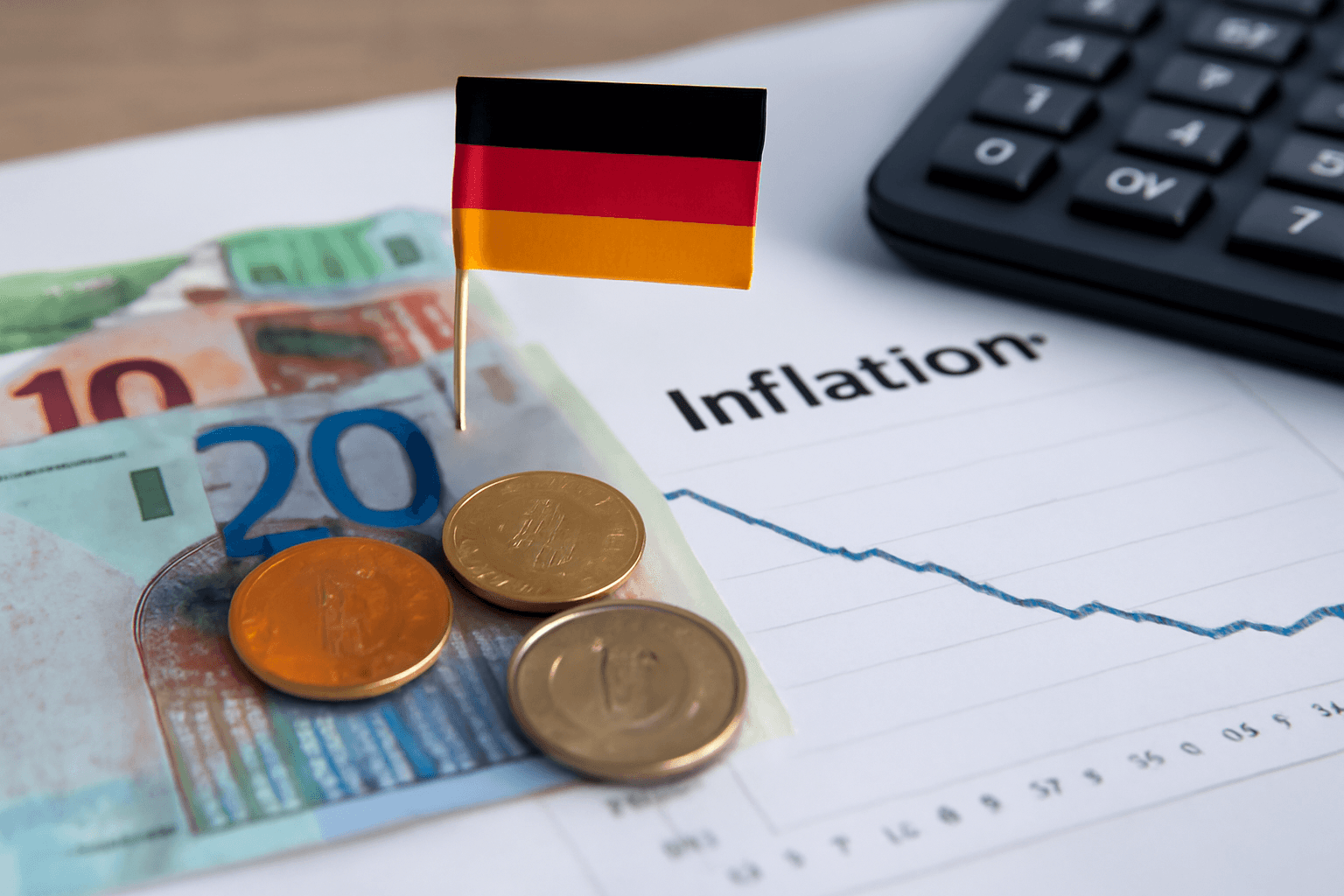Germany's annual inflation rate slowed to 2.1% in May, approaching the European Central Bank's (ECB) 2% target, but slightly exceeding expectations, according to preliminary data from the country's statistics office.
This figure marks a modest decline from April's 2.2%, yet it remains a bit higher than economists had forecasted, who anticipated a 2.0% rate. The harmonized consumer price index aligns with eurozone standards for comparability.
Core inflation, which excludes volatile food and energy costs, nudged slightly upward from 2.8% in April to 2.9% in May. Meanwhile, inflation in services decelerated notably from 3.9% to 3.4% during the same period. Energy prices declined for a second consecutive month, dropping by 4.6% in May.
These developments reflect a steady movement towards the ECB's inflation objective, offering a cautiously positive signal amid ongoing economic uncertainties impacting Europe's largest economy.
Economic analysts suggest that German inflation is likely to continue trending downward and may fall below 2% within the upcoming months. However, the outlook contains contrasting factors: a cooling labor market is expected to reduce wage-driven inflationary pressures, while the government's fiscal stimulus package could increase inflationary momentum later in the year.
External challenges remain pertinent, including potential impacts from international trade policies such as tariffs imposed by the United States, which could affect Germany’s export-dependent economy. Domestically, the recent formation of Germany's government prioritizes economic stability, though the timing and implementation of new policies remain uncertain.
The ECB is scheduled to decide on interest rates on June 5, with markets currently expecting a high probability of a 25 basis point reduction, following an earlier rate cut in April. The recent inflation data may provide relief to the ECB by confirming the continuation of disinflationary trends, thereby strengthening the case for further monetary easing.
Following the inflation report, German government bond yields edged slightly higher: the 2-year bund yield rose by over one basis point to 1.719%, and the 10-year bund yield increased marginally to 2.521%.











